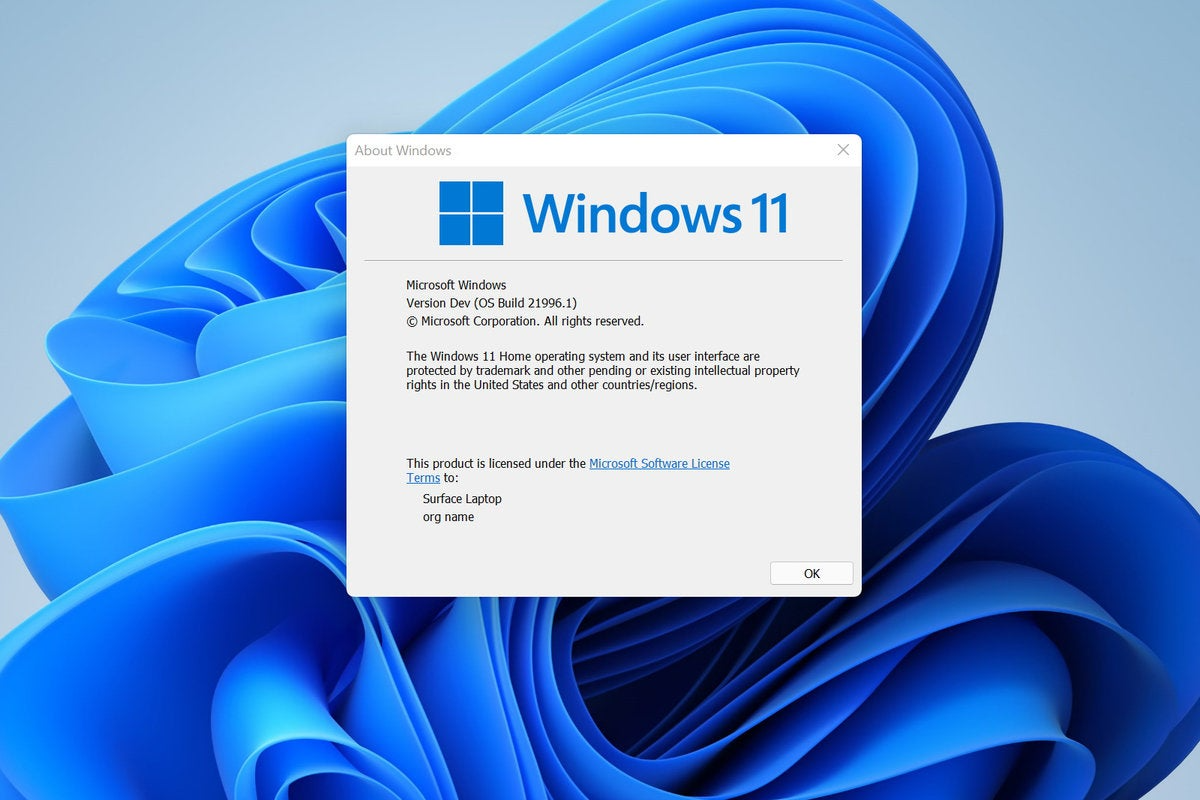
Easy Tips for Tasty Meals: Cut Salt Without Losing Flavor
Understanding Sodium Intake:
Sodium is a crucial mineral that our bodies need to maintain fluid balance, transmit nerve impulses, and support muscle contractions. While it plays an essential role in our health, excessive sodium intake can lead to health risks, especially for those with high blood pressure or certain medical conditions. It’s crucial to be aware of the hidden sources of sodium in our diets, as many packaged and restaurant foods contain high amounts of sodium, even if they don’t taste salty. Foods like bread, processed meats, soups, and sauces can contribute significantly to our overall sodium intake.
Reducing sodium intake doesn’t mean sacrificing flavor. There are practical tips you can follow to cut down on salt without losing taste:
Tips for Reducing Salt Intake without losing Flavor
- Choose Low-Sodium Options: When shopping, look for fresh, frozen, or canned vegetables with no added salt. Opt for packaged foods labeled “low sodium,” “reduced sodium,” or “no salt added” whenever possible. Compare the sodium content using Nutrition Facts labels to make informed choices.
- Limit Processed Foods: Processed and prepared foods often contain high levels of sodium. Reduce your intake of crackers, cheese, canned foods, and restaurant meals, as they can significantly contribute to sodium levels. Many foods that don’t taste salty may still be high in sodium.
- Cook with Alternatives: Experiment with flavor enhancers like garlic, citrus juice, salt-free seasonings, or spices instead of relying on salt. These alternatives can add depth and taste to your dishes without excessive salt.
Choosing a Heart-Healthy Diet
The Dietary Approaches to Stop Hypertension (DASH) eating plan is recommended for those looking to reduce sodium intake and maintain a heart-healthy diet. The DASH diet emphasizes fruits, vegetables, whole grains, lean proteins, and low-fat dairy products while limiting sodium, cholesterol, saturated fats, and total fats. By adopting the DASH eating plan and making lifestyle changes, such as increasing physical activity, individuals can experience significant health benefits.
Smart Shopping and Meal Preparation
Selecting Low-Sodium Products
When grocery shopping, be mindful of the sodium content in the products you choose:
- Read Labels: Check Nutrition Facts labels to compare sodium content. Opt for items with lower sodium amounts and products specifically labeled “low sodium.”
- Fresh Ingredients: Choose fresh poultry, fish, pork, and lean meats instead of heavily processed or salted options. Be cautious of saline or salt solution added to fresh items.
- Utilize Resources: Ask for assistance from registered dietitians in grocery stores, as they can provide valuable guidance on buying low-sodium products.
Cooking with Salt Alternatives
When cooking at home, use alternatives to replace or reduce salt without compromising flavor:
- Herbs and Spices: Experiment with basil, rosemary, oregano, paprika, or turmeric to add depth and complexity to your dishes.
- Citrus Juice: Squeeze fresh lemon, lime, or orange juice to enhance taste. Citrus fruits activate the same taste sensors as sodium, allowing you to use less salt.
- Salt-Free Seasonings: Look for salt-free blends of herbs, spices, and flavorings as convenient ways to add taste without salt.
Utilizing the DASH Eating Plan
Follow the DASH eating plan, emphasizing whole foods and specific recommendations for various food groups:
- Fruits and Vegetables: Aim for several servings each day, promoting heart health and natural flavors.
- Whole Grains: Incorporate options like whole wheat bread, brown rice, and whole-grain pasta, which are low in sodium and high in fiber.
- Lean Proteins: Choose poultry, fish, beans, and legumes, which are generally lower in sodium than processed meats.
Read More: Rescuing Recipes: What to Do If You Added Too Much Salt
Practical Strategies for Reducing Sodium Intake
Importance of Early Prevention
Start reducing sodium intake early in life to prevent high blood pressure development. Educate children and families about the importance of limiting sodium intake and choosing low-sodium options.
Discovering Reduced or No-Sodium Alternatives
Explore alternatives for flavor without salt:
- Salt Substitutes: Consider potassium chloride-based substitutes after consulting with your doctor.
- Herbs and Spices: Experiment with different combinations for preferred flavors.
- Citrus and Vinegars: Use fresh citrus fruits or various types of vinegar to add tang and brightness.
Cooking Your Own Meals
Cooking at home gives you control over ingredients and sodium content:
- Plan Ahead: Plan meals in advance to ensure access to low-sodium options.
- Experiment with Recipes: Explore low-sodium recipes with herbs, spices, and natural flavorings.
- Gradual Reduction: If used to salty foods, gradually reduce salt, allowing taste buds to adjust.
FAQs
How can I add flavor to my food without using salt?
Experiment with fresh herbs, citrus juices, salt-free seasonings, and spices. Combining different flavors can create a delicious and well-rounded dish.
What are some alternative seasonings to enhance the taste of my meals?
Herbs like basil, rosemary, thyme, or spices like paprika, cumin, or turmeric can add depth and complexity. Citrus juices like lemon or lime and different vinegars can brighten flavors.
Are there any cooking techniques that can help reduce reliance on salt for flavor?
Yes, roasting, grilling, and sautéing can enhance natural flavors, reducing the need for excessive salt.
Can you provide tips for enjoying tasty meals with lower sodium content?
Experiment with different herbs, spices, and flavorings. Try new recipes, diverse ingredients, and embrace flavors from different cuisines.
In conclusion, reducing sodium intake is crucial for maintaining a healthy lifestyle and preventing health issues related to excessive salt consumption. By being aware of hidden sources of sodium, choosing low-sodium options, and cooking with flavor alternatives, you can successfully reduce salt intake without compromising taste. Small changes in dietary habits can make a big difference in improving overall health and well-being.
Reference
1.How to Reduce Sodium Intake – CDC
2.Take Action: How to Reduce Your Sodium Intake | The Nutrition Source








